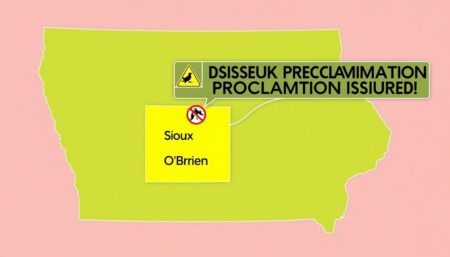As the winter season approaches, it’s crucial to ensure your car is ready to face the challenges of freezing temperatures and snow. Preparing your vehicle for winter weather not only saves you time and money but also enhances your safety on the road. Let’s dive into the essential steps to get your car winter-ready.
With a winter storm on the way, the scramble is on to make everything is in order. That includes making sure your car is prepared to handle the elements.
As the first snowflakes begin to dance from the sky, marking the start of winter’s grand entrance, it’s time to turn our attention to the trusty steed that will navigate us through the frosty months ahead: our cars. Preparing your vehicle for snowy conditions is a ritual that every driver should undertake with care and diligence, transforming their car into a cozy, safe haven on wheels.
First things first: let’s give our tires the attention they deserve. As the only part of your car that actually touches the road, they’re your lifeline to safety when the tarmac turns into a slippery, ice-covered challenge. Inspect your tires’ tread depth and pressure – remember, the deeper the tread, the better the grip. If they’re looking worn, now’s the time to invest in a new set, preferably winter tires designed to handle the cold and snow like a pro.
Next on the list is checking your windshield wipers. With snow and slush inevitably finding their way onto your windshield, you’ll need those wipers in tip-top condition to keep your vision crystal clear. Replace them if they’re looking worn or streaky, and don’t forget to top up your wiper fluid with a winter-specific blend that won’t freeze mid-spray. Lastly, pack an emergency kit tailored for winter’s worst. Include essentials like a warm blanket, extra gloves and hats, an ice scraper, a small shovel, sand or cat litter for traction, snacks, water, a flashlight, and a portable phone charger. Tuck it away in your trunk, and you’ll be ready to face whatever Jack Frost throws your way.
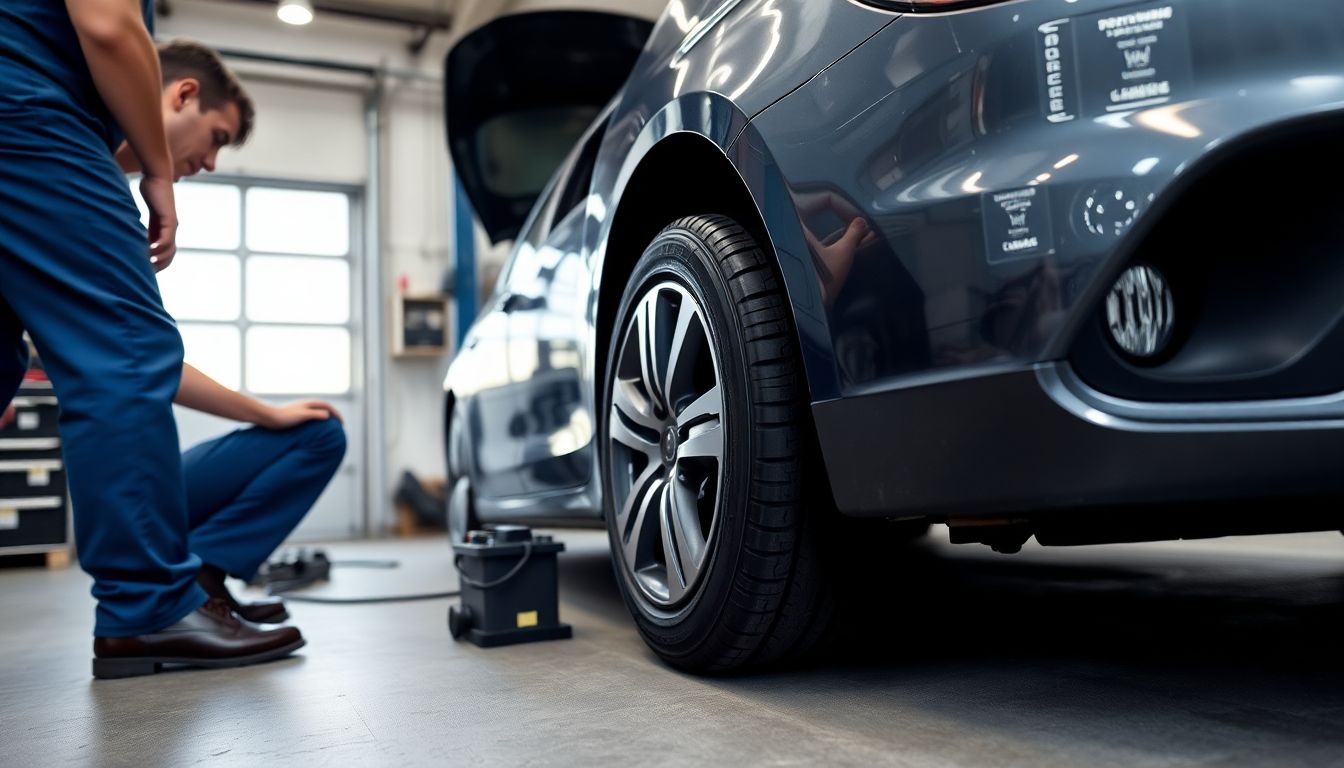
The Importance of Winter Car Preparation
As the days grow shorter and the temperatures begin to drop, it’s crucial to prepare your car for the upcoming winter weather. The significance of winterizing your vehicle cannot be overstated, as it brings about numerous benefits in terms of safety, time, and money.
First and foremost, preparing your car for winter weather ensures the safety of you and your passengers. Harsh winter conditions can make driving treacherous, but a well-maintained vehicle can help you navigate the challenges of snowy and icy roads. Some key safety measures include:
- Checking your tires to ensure they have adequate tread and are properly inflated. Consider switching to winter tires for better traction in cold temperatures.
- Inspecting your windshield wipers and fluid to guarantee good visibility during snowstorms.
- Testing your battery, as cold weather can reduce its cranking power by up to 50%.
By addressing these issues proactively, you can minimize the risk of accidents and breakdowns, keeping you and your loved ones safe on the road.
Moreover, investing time in winterizing your car now can save you considerable time and inconvenience later. Nobody wants to be stranded on the side of the road in freezing temperatures, waiting for a tow truck to arrive. Regular maintenance can help prevent such situations by identifying and fixing potential problems before they escalate. For example, ensuring your car’s heating system is working properly can save you from a world of discomfort and frostbite.
Lastly, proper winter preparation can also save you money in the long run. Regular maintenance helps extend the life of your car’s components, reducing the need for costly repairs. Additionally, addressing minor issues before they become major problems can result in significant savings. For instance, fixing a small leak in your car’s cooling system can prevent it from freezing up and causing thousands of dollars in engine damage.
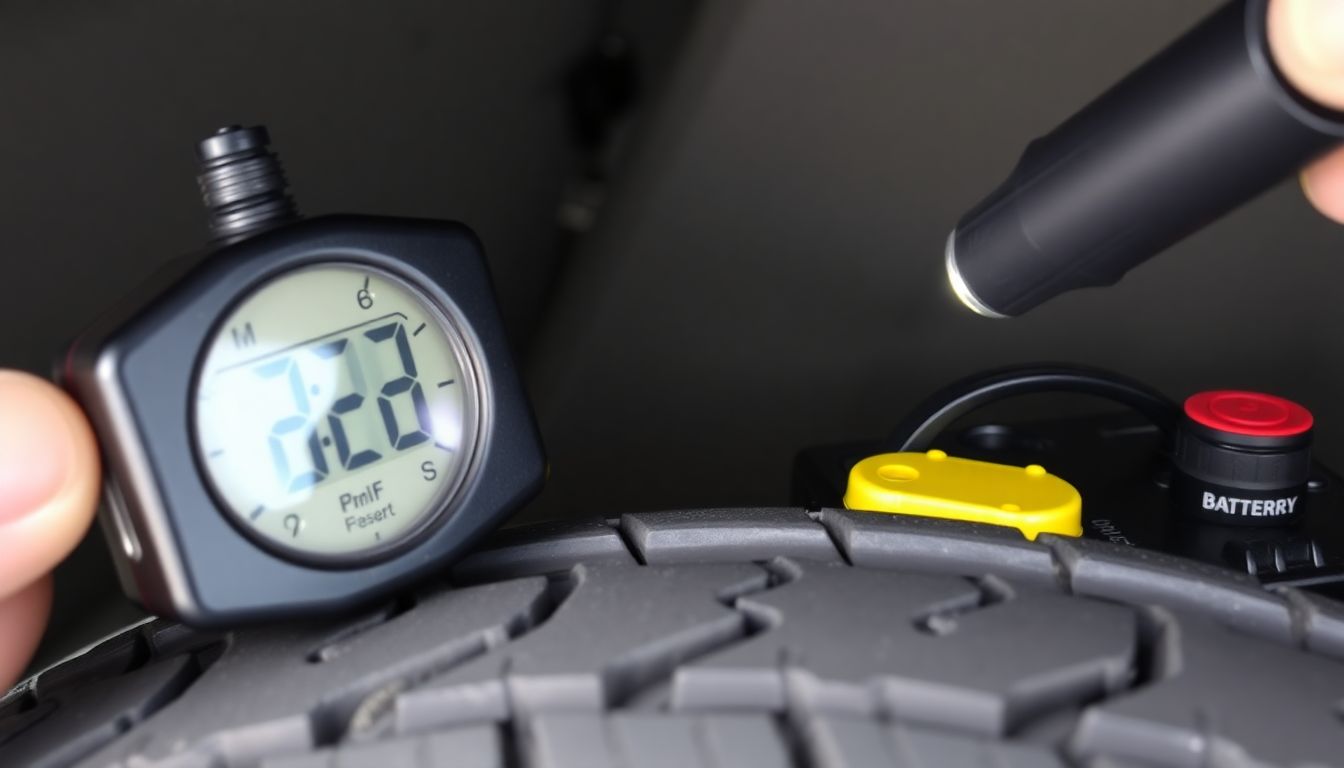
Essential Car Maintenance for Winter
As the temperatures drop and the snow starts to fall, it’s crucial to ensure your car is ready for the unique challenges of winter driving. One of the most important areas to check is your tire tread depth. Tires are your vehicle’s only point of contact with the road, and adequate tread depth is vital for maintaining traction on snowy and icy surfaces.
To check your tire tread depth, you can use a simple penny test. Insert a penny into the tread groove with Lincoln’s head upside down. If you can see all of Lincoln’s head, your tread depth is less than 2/32 inch and it’s time to replace your tires. For winter driving, consider switching to winter tires, which are designed to provide better traction in cold temperatures and on snowy or icy roads. Also, ensure your tires are properly inflated, as cold temperatures can cause tire pressure to drop.
Another key area to address is your windshield wipers. With winter comes a mix of snow, slush, and salt, which can significantly reduce visibility. A fresh set of windshield wipers can greatly improve your ability to see the road ahead. Consider switching to winter wipers, which are designed to prevent ice buildup and provide better performance in cold temperatures. Don’t forget to also check your windshield washer fluid. Ensure it’s topped up and rated for freezing temperatures.
Lastly, perform a battery check. Cold temperatures can reduce your battery’s cranking power by up to 50%. If your battery is more than three years old, it’s a good idea to have it tested by a professional. Here are some signs that your battery might be failing:
- Your car is slow to start.
- You notice corrosion on the battery terminals.
- Your electrical components are acting erratically.
If you suspect your battery is on its last legs, consider replacing it before the winter sets in. A well-maintained battery will ensure your car starts reliably even on the coldest mornings.
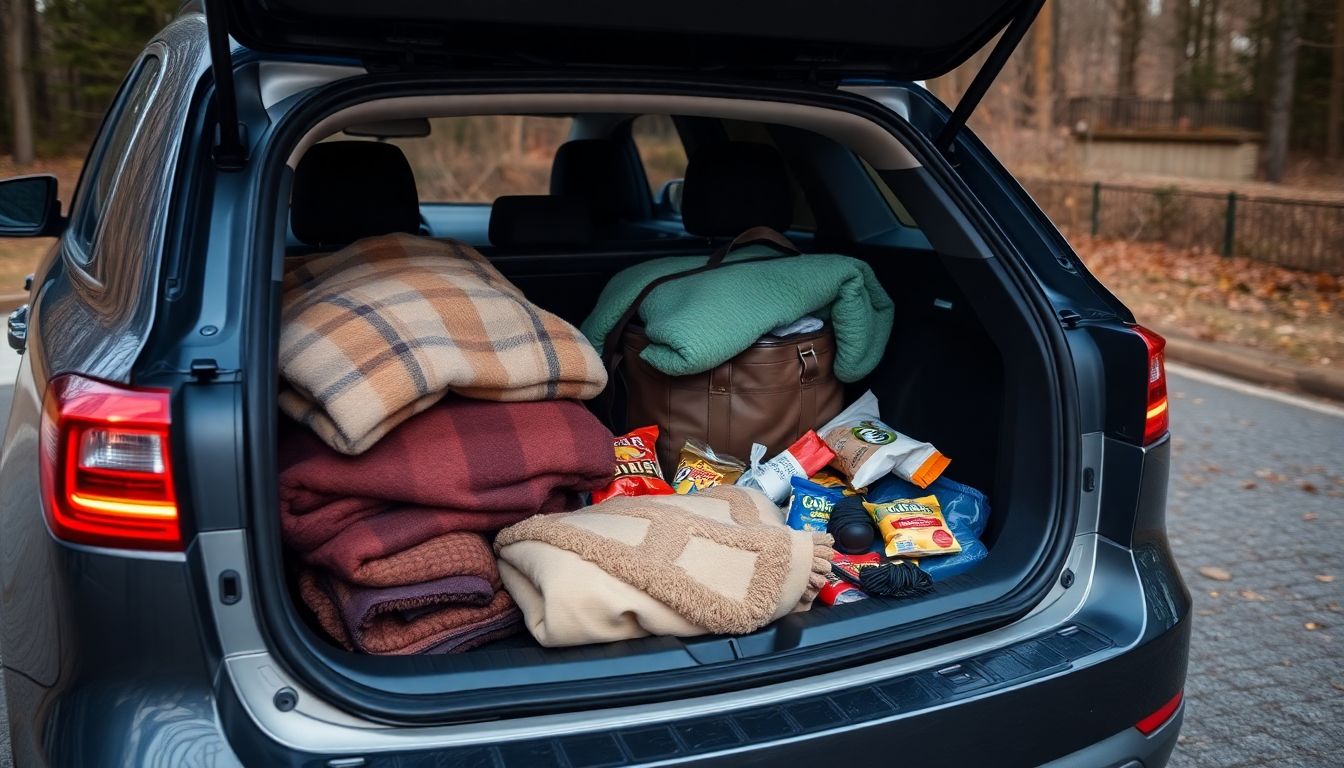
Packing an Emergency Kit
Winter driving can be unpredictable and challenging, but being prepared can make all the difference. One of the most crucial steps you can take is to pack a winter emergency kit for your car. This kit should include essential items that will help you stay safe and comfortable in case you encounter difficult conditions or find yourself stranded.
First and foremost, ensure your kit contains items that will keep you warm and nourished. Start with a warm blanket or a sleeping bag, which can provide insulation and comfort. Add a set of winter clothes, including a coat, gloves, and a hat, to protect you from the elements. Don’t forget to pack non-perishable snacks like energy bars, nuts, and dried fruits to keep your energy levels up. Additionally, store a few bottles of water to stay hydrated.
Next, include items that will help you stay visible, safe, and connected. A flashlight with extra batteries is essential for visibility, especially during nighttime or low-light conditions. Reflective triangles or flares can alert other drivers to your presence. A fully charged portable phone charger will ensure you can call for help if needed. It’s also a good idea to pack a small toolkit with items like a multi-tool, screwdriver, and duct tape for minor repairs.
Finally, consider adding items that will help you manage snow and ice and stay on the move. A small shovel can be useful for clearing snow from around your tires. Sand or cat litter can provide traction if your wheels start spinning. A windshield scraper and a small broom will help you clear ice and snow from your windows. Additionally, consider including a set of jumper cables in case your battery dies, and a basic first aid kit for minor injuries. Here’s a quick recap of the essentials:
- Warm blanket or sleeping bag
- Set of winter clothes (coat, gloves, hat)
- Non-perishable snacks (energy bars, nuts, dried fruits)
- Bottles of water
- Flashlight with extra batteries
- Reflective triangles or flares
- Fully charged portable phone charger
- Small toolkit (multi-tool, screwdriver, duct tape)
- Small shovel
- Sand or cat litter for traction
- Windshield scraper and small broom
- Jumper cables
- Basic first aid kit
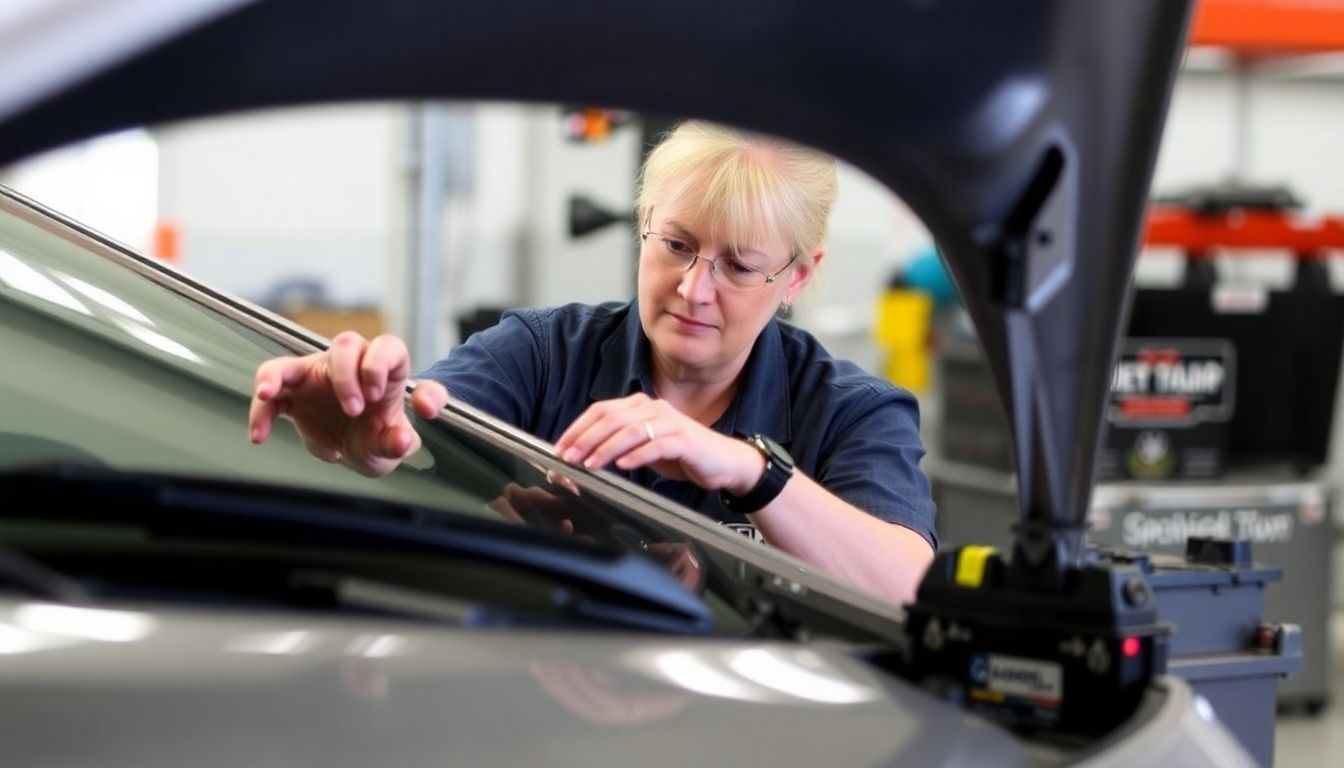
Expert Tips from Shannon Smith
Meet Shannon Smith, the passionate owner of NRP Tire and Auto Service. With years of experience under her belt, she’s a staunch advocate for proper car maintenance, emphasizing that it’s not just about saving money in the long run, but also about ensuring safety on the road. “Regular maintenance is like going to the doctor for a check-up,” she says. “It’s better to catch something early than to wait for a breakdown.”
Shannon stresses the importance of following your vehicle’s maintenance schedule, which includes regular oil changes, tire rotations, and brake inspections. “These aren’t just suggestions,” she explains, “they’re critical services that keep your car running smoothly and safely.” Here are some of her top maintenance tips:
- Check your tire pressure monthly: Underinflated tires can lead to decreased fuel efficiency and increased wear and tear.
- Inspect your brakes regularly: Worn brake pads can lead to expensive rotor damage and, more importantly, compromised safety.
- Don’t ignore your ‘Check Engine’ light: It’s there for a reason, and addressing the issue early can prevent more costly repairs down the line.
But Shannon doesn’t just stop at maintenance; she’s also a firm believer in emergency preparedness. “You never know when something might go wrong,” she says, “and it’s vital to be ready for any situation.” She recommends keeping a well-stocked emergency kit in your vehicle at all times.
What should be in your emergency kit? Shannon suggests including:
- A first-aid kit: For treating minor injuries.
- A flashlight and extra batteries: To help you see in the dark if your car breaks down at night.
- Jumper cables: In case your battery dies.
- A tire pressure gauge and a portable tire inflator: To help with tire-related issues.
- Non-perishable food and water: Just in case you’re stuck for an extended period.
- A warm blanket: To keep you warm if you’re stranded in cold weather.
Shannon’s dedication to car maintenance and emergency preparedness is more than just professional advice; it’s a testament to her commitment to keeping drivers safe on the road.
FAQ
What is the ideal tire tread depth for winter driving?
What items should be included in a winter emergency kit for my car?
- Blankets
- Snacks
- A fully charged phone
- A first aid kit
- A flashlight with extra batteries
- A small shovel
- Sand or cat litter for traction
- Jumper cables
Why is it important to check my car battery before winter?
How can I maintain good visibility while driving in snowy conditions?
What are some safe driving tips for winter weather?
- Driving slowly and smoothly
- Avoiding sudden acceleration or braking
- Maintaining a safe following distance
- Being patient and courteous to other drivers
- Keeping your gas tank at least half full to prevent fuel line freeze-up








